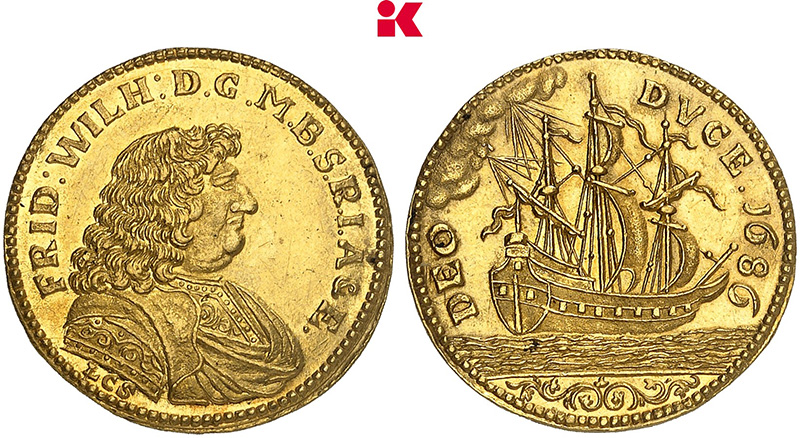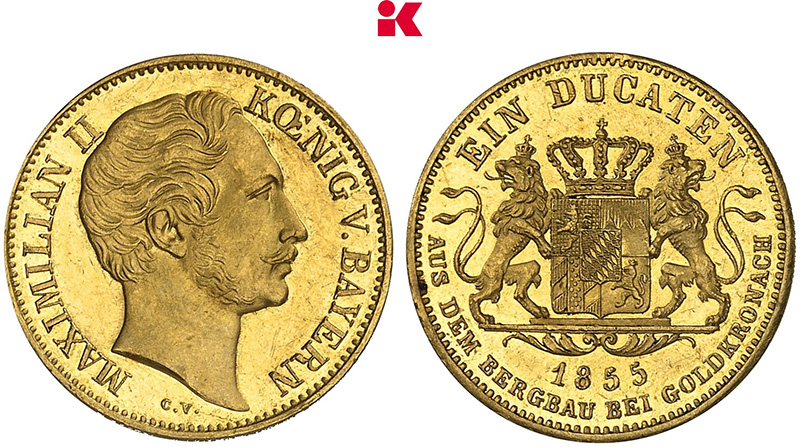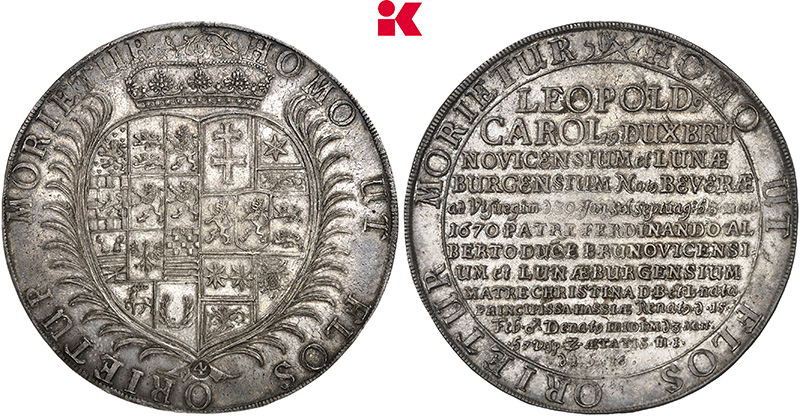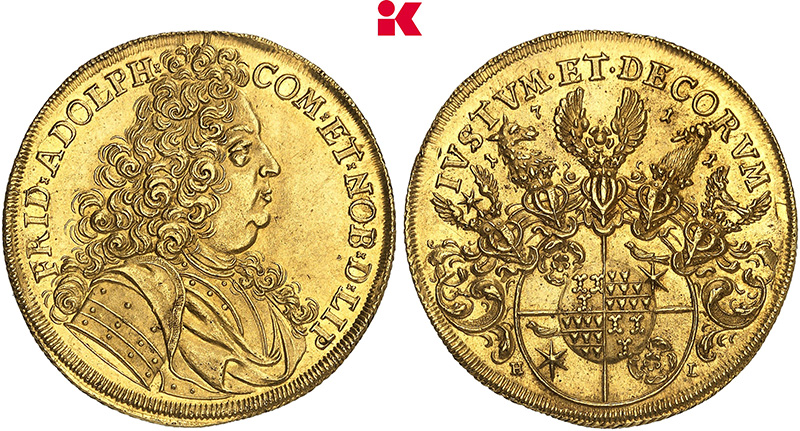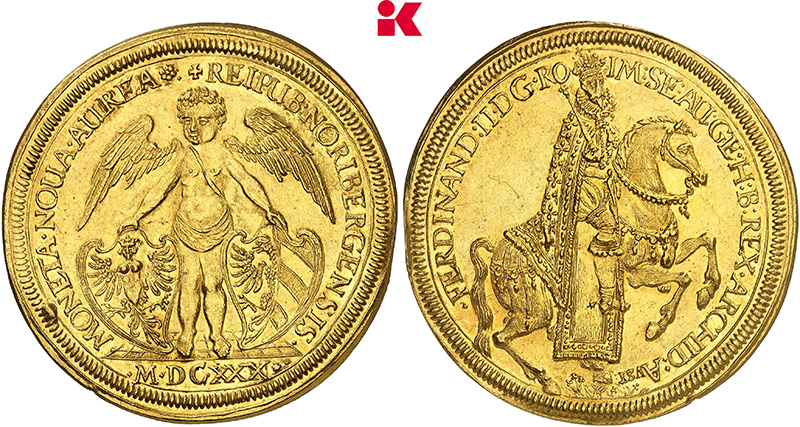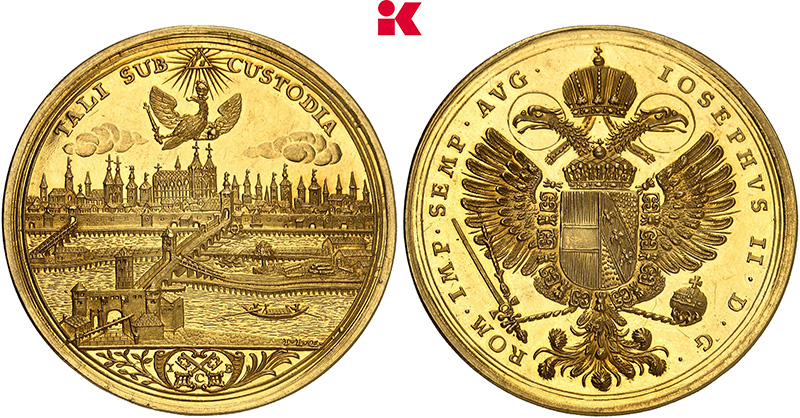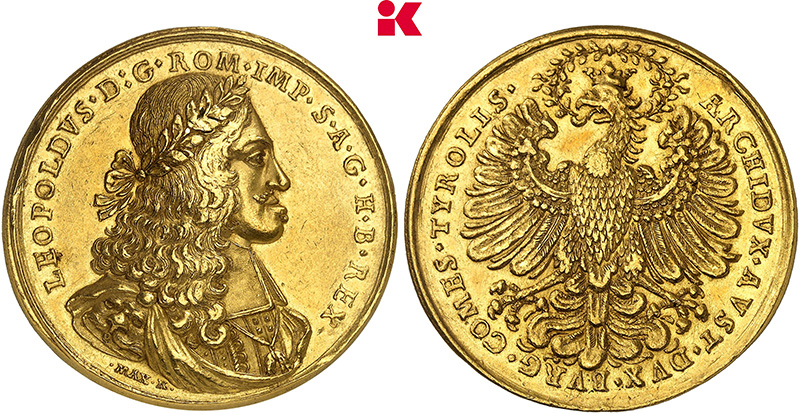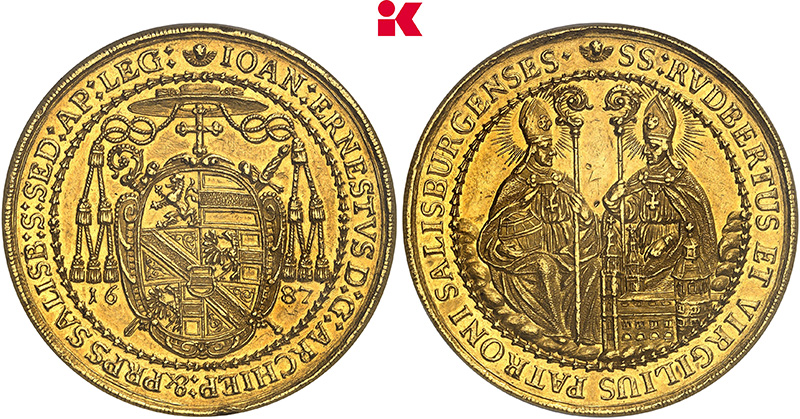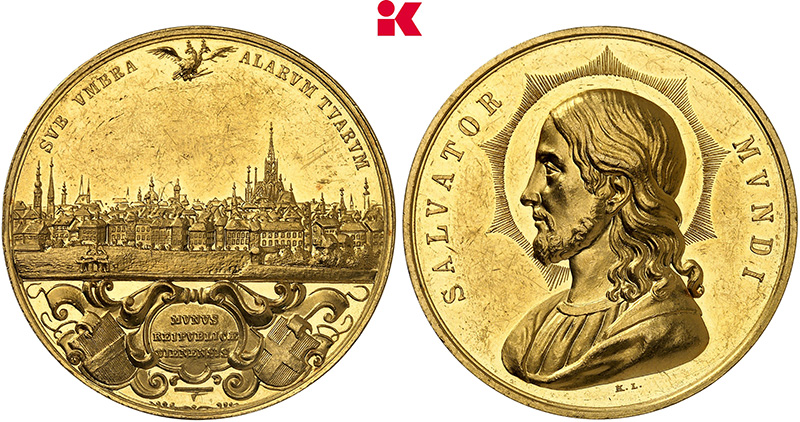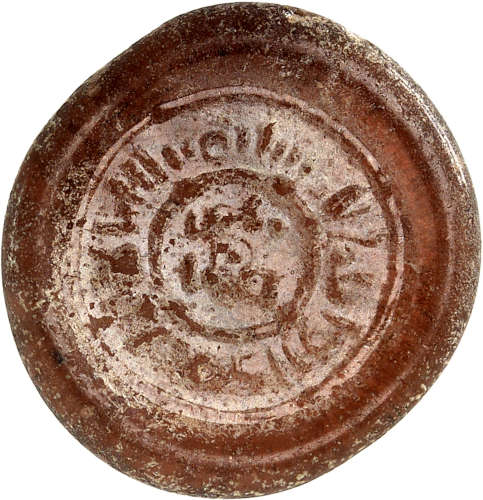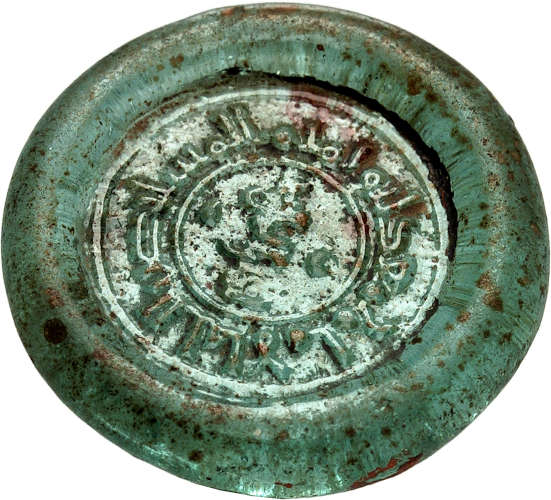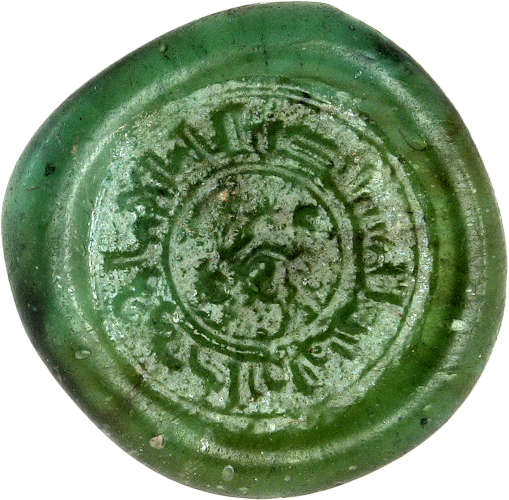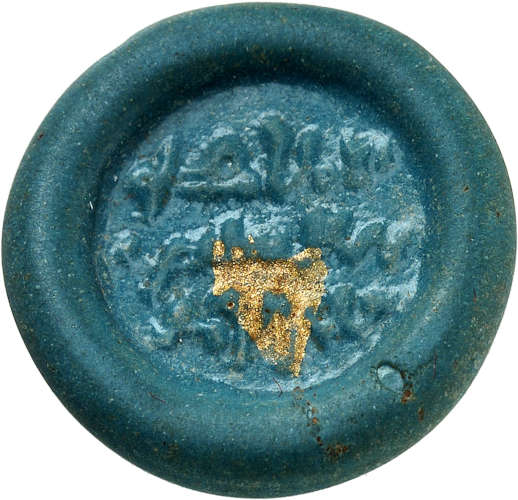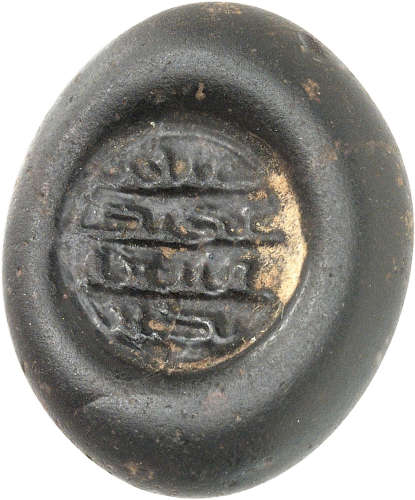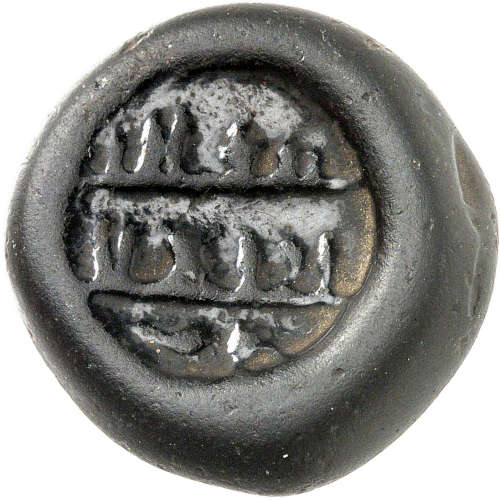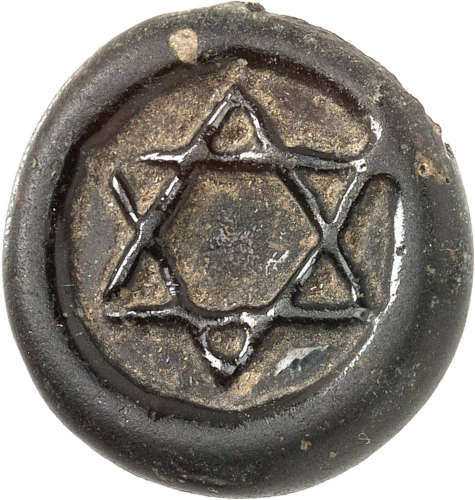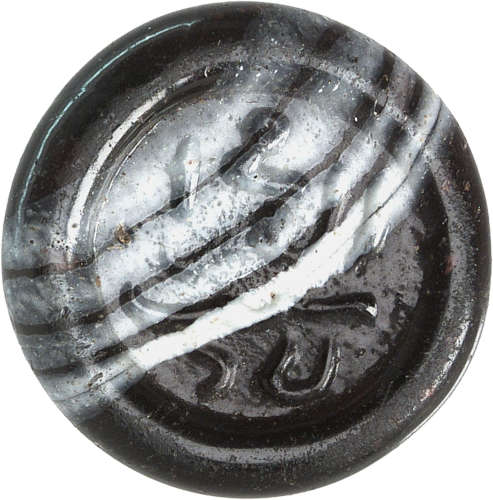Important Collection of Islamic Glass Weights at Numismatica Genevensis SA
by Lutz Ilisch
Numismatica Genevensis has been a specialist in Islamic coins for many years. In 2024, an entire catalogue is dedicated to this field. This catalogue also contains a museum-quality collection of 114 Islamic glass weights, vessel stamps and seals, offered as a multiple lot. Here you can find out more about these enigmatic objects, whose purpose is still debated by numismatists today.
Content
Glass weights and measure stamps were found in large numbers during the 19th century in Egypt, but as nearly all ended up in public collections (Cairo Gayer-Anderson; BM, London, ANS New York; Strasbourg university) they have become very rare over the last half century. In spite of this scarcity an old debate as for the historical use of the coinlike struck glass pieces, which were often addressed as “glass coins” has divided the views of numismatists until today. In particular the Fatimid glass pieces of the 11th and 12th centuries, which outnumber the rest of this class of objects are often labelled as jetons in numismatic trade. For a long time it seemed that Fatimid coinage was mostly consisting of gold coins, which would explain a demand for lower value token currency. But finds over the last fifty years show us that billon dirhams existed in large quantities. However these low grade silver coins and to some extent also the gold, were no longer struck according to fixed weight standards, but had to be weighed in every transaction. This explains the very close connection between coins and weights as both had to be used together by any person active in economic transactions.
Let us now move through the history of this group of objects using pieces from the collection.
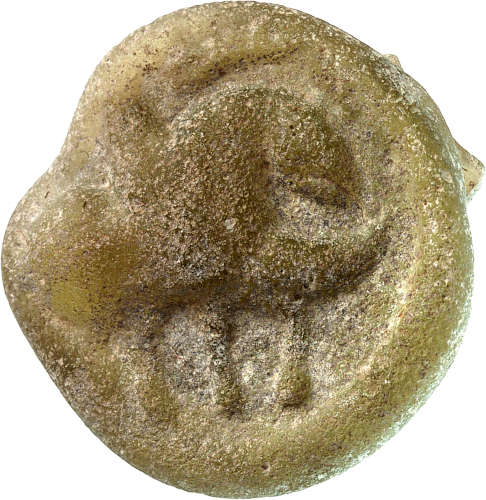
Arab-Sasanian. Glass vessel stamp showing a winged horse (al-buraq) pacing toward the right, circa 680-720 AD. 7,7 g
Umayyad
The collection begins with a series of three early vessel stamps showing images of animals (rams, a winged horse or Burâq, some accompanied by bismillâh), which have been introduced into numismatics by Paul Balog in 1974. They come from the Eastern part of the early Islamic world and date to the Umayyad period. Another eight vessel stamps and coin weights from come from Egypt with one exception.
One of the most spectacular objects in this collection is a weight dated 107 H and bearing only the name of the caliph Hisham and no official. It belongs to a type of compact weights, which are rather high and heavy (31 mm diameter, 18 mm high). Some adhering glass at the side of a different color appears to be not the remnant of a vessel, but rather a weight adding verification stamp. It is clearly Syrian, not Egyptian and confirms the detailed report on ‘Abd al-Malik’s monetary reform supported by the manufacture of glass weights.
More typical for Egyptian measure stamps is the olive green one Qist stamp with nine lines of text giving the names of the so called financial director of Egypt, al-Qâsim ibn ‘Ubayd-allâh and his deputy Muslim ibn al-‘Arrâf, dated 119 H. (ill. 361, Balog 177), or a more modest (only four lines) for a Qist of figs under the finance director Hayyân ibn Shurayh, in office 99-101 H., or a translucent green Qist-measure under Hafs ibn al-Walîd, finance director 124-125 H.
Abbasid
Abbasid weights are fewer with five coins weights and three vessel stamps and some are difficult to discern from the earlier Umayyad. An interesting small weight in the name of Yazîd ibn Hâtim al-Muhallabî, governor 144-152 H. is inscribed as a weight of one third and with 1.40 g it refers clearly to the third of a dinar, which had not been struck in gold for half a century by the time the weight was made, and not to a Byzantine tremissis.
Fatimid
The most important part of the collection is Egyptian and Fatimid. These 82 pieces are not only exclusively coin weights but they were also two-sided like coins, their legends correspond to coins with names of the caliphs and dates of issue. Like the earlier pieces they were produced by the state. They tend to become more colorful than the earlier glass pieces; blue and opaque white are frequently found, multicolored glass is represented by several pieces including one post-Fatimid piece. But one spectacular dirham (2.94 g) of al-Mustansir billah has two small inclusions of gold foil. The variety of colors is supplemented by the variety of denominations, quarters, halves, full and double dirhams are the commoner while weights for the gold were intended mostly for the full dinar.
Chronologically the 82 Fatimid weights can be attributed to the following caliphs and groups (figures may differ from the attributions of the collector):
- Al-Mu’izz billâh, 341-365 H./952-975 AD. (2 pieces counted here as al-Mustansir)
- Al-‘Azîz billâh, 365-386 H./975-996 AD. (4)
- Al-Hâkim bi-‘amrillâh, 386-411 H./996-1020 AD. (18)
- Az-Zâhir li-a’zâz d’înillâh, 411-427 H./1020-1035 AD. (14)
- Al.Mustansir billâh, 427-487 H./1035-1094 AD. (21)
- Al-Musta’lî billâh, 487-495 H./1094-1101 AD. (2)
- Al-Amir bi-ahkâmi llâh, 495-523 H./1101-1130 AD. –
- Al-Hâfiz li-dînillâh, 526-544 H./1032-1049 AD. (2)
- Az-Zâfir bi-‘amrillâh, 544-549 H./1149-1154 AD. (1)
- Al-Fâ’iz bi-nasrillâh, 549-555 H./1154-1160 AD. –
- Al-‘Adid li-dîn allâh, 555-567 H./1160-1171 AD. (1)
- Uncertain: 12
- Barbarous imitations: 7
Abbasid
After the end of the Fatimid period under Ayyubid rule the use and manufacture of glass weights continued in the names of the reinstated Abbasid caliphs. One dirham weight (3.01 g) with the name of al-Mustadî billâh and a double dirham (6.02 g) with an-Nâsir li-dînillâh are examples of this continuation in the collection.
Ayyubid and Mamluk
While coinage continued in the Ayyubid and following Mamluk period to be struck without fixed weight standards and needed to be weighed in every transaction until the beginning of the 15th century, the production of glass weights seems to have stopped before 700 H./1300 AD. The authorities to issue them was no longer clear for those weight assigned generally to the second half of the 7th H./13th AD century. Nine such pieces are represented, only a couple are purely ornamental with a Hexagram, otherwise with names that seem to indicate weight and scale makers like Muhammad ibn Shâhîn or a market inspector Muhammad al-‘Ûdî , year (65)9 H.
Included in the glass collection are one lead seal of an Abbasid official, ‘Abd-allâh al-Qarmînî, with the benediction formula aslahahu’llâh (May Allah keep him straight.) as well as an apparently unpublished Umayyad period lead fals from Bahrayn.
Ending Remarks
The numeral relation between early, Fatimid and late glass is rather representative of the 19th century collections with no bias to cheaper pieces. It is more than a starter’s collection and other collections of this size have been regarded as apt for publication (G. Forschner, Historical Museum Frankfurt 1982; V. Novak, National Museum Prague 2006). The collection is also ready to form a good basis for exhibition purposes regarding monetary history and worth to be kept intact or to be extended in spite of the rarity of occasions.
Incidentally, immediately after the change of dynasty from the Umayyads to the Abbasids in AH 132, glass weights were replaced in the Syrian lands by bronze weights, which – as a result of the political developments in the region – can be found in large numbers in the trade today, but not in the collection on offer at Numismatica Genevensis.
Lot Description and Provenance
A collection of 114 Glass Weight, Vessel Stamps and Seals from the Umayyad, Abbasid to the Ayyubid and Mamluk dynasties with the most important part being Fatimid.
The condition of the glass is generally very good and pleasant with some in exceptionally beautiful condition. Very few pieces are chipped or broken. Very few iridescent. From auction Numismatica Genevensis 19 (9 December 2024), Los 368. Estimate: CHF 5’000.-
All pieces come with the original ticket of the collector which include information the provenance, almost exclusively various auction sales of Stephen Album. The Umayyad measure stamp comes with a remarkable early provenance to the Ernst Lejeune collection in Frankfurt, who bought the piece in June 1914 from Abemayor, just before World War I broke out.







